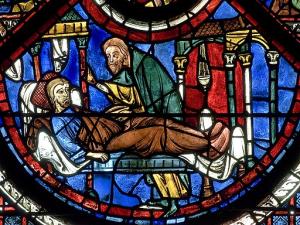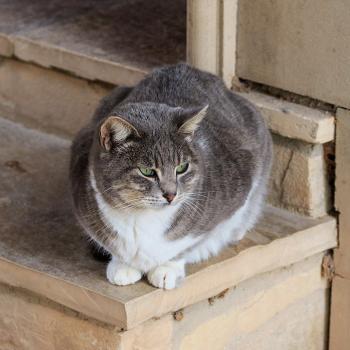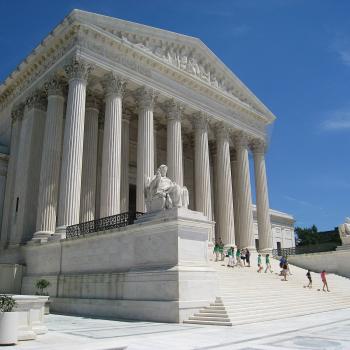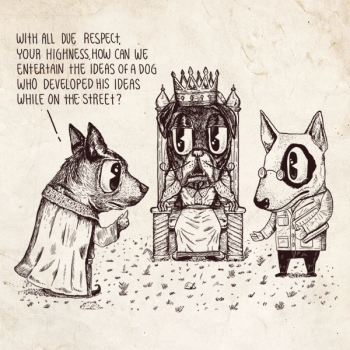“But I’ll tell you what. Growing up in a small town like that, you learn how to take care of each other. That family down the road, they may not think like you do, they may not pray like you do. They may not love like you do. But they’re your neighbors. And you look out for them. And they look out for you. Everybody belongs. And everybody has a responsibility to contribute . . . Then I came back to serve as governor, and we got right to work making a difference in our neighbors’ lives. We cut taxes for the middle class. We passed paid family and medical leave. We invested in fighting crime and affordable housing. We cut the cost of prescription drugs and helped people escape the kind of medical debt that nearly sank my family. And we made sure that every kid in our state gets breakfast and lunch every day . . . But not everyone has that same sense of responsibility. Some folks just don’t understand what it takes to be a good neighbor.”
Tim Walz, Speech at the Democratic Convention, as transcribed by the New York Times
If you were following the news out of the Democratic National Convention held August 19-22 in Chicago, you likely heard about Tim Walz’s VP nomination acceptance speech. In Walz’s speech, excerpted above, the main theme was being a good neighbor, framed as meeting your neighbor’s physical needs, minimizing the wealth gap, and respecting differences in belief and priorities. And if you look up “Tim Walz neighbor speech” online, you’ll quickly notice the speech was far more polarizing than might be expected. Articles from conservative outlets like the National Review or the Washington Examiner criticize Walz for using the guise of neighborliness to promote socialism and government overreach, a sentiment echoed throughout X (formerly known as Twitter) and a common theme in Donald Trump’s statements about Kamala Harris and Walz, whom Trump constantly describes as “radical Marxists.”
“Socialism” and “Marxism” are modern buzzwords that seem to be playing particular roles in name-calling during this election cycle. Heather Cox Richardson has a great overview of the history of this in American politics on her Substack. I’ll leave it to the modern historians and political scientists to talk at greater length about how inaccurate the use of these labels for almost all of the policies and people that they’re being applied to is; I talk to my colleagues who are political scientists about the misuse of the terms and misunderstandings around the ideologies quite frequently! What I’d like to do today is to contextualize Tim Walz’s idea of neighbor a bit. The idea of “caring for your neighbor” is one that should be very familiar to Christians, from passages like Luke 10 and the parable of the Good Samaritan, Matthew 25 and the parable of the sheep and the goats, or from accounts of the practices of the early church in Acts 2:42-47. And it seems like Tim Walz’s Lutheran faith certainly shapes his idea of neighbor. But again, like his policies, Walz’s faith has come under criticism as radical. Is the way that Tim Walz talks about neighbors here actually a progressive and modern idea or a much older one?

And who is my neighbor?
Last month, I talked about some of my work on a book project on medieval York, including some of my research into this very topic of “neighbors” in a chapter on loving God and loving neighbor. For medieval and early modern communities, the idea of being a good neighbor was a high priority, as shown in recent scholarship like Faith, Hope and Charity: English Neighbourhoods, 1500-1640 by Andy Wood and by the numerous scholars in a recent collection The Experience of Neighbourhood in Medieval and Early Modern Europe by Bronach Kane and Simon Sandall. Medieval York was no exception to this prioritization of being a good neighbor. And here’s the thing: much of the conversation around “neighbors” in these medieval texts from the 1300s and 1400s actually lines up very well with what Tim Walz talked about in his speech. In answering the famous question the religious leader posed to Christ in Luke 10, a sermon from the Northern Homily Cycle expands the command beyond “love your neighbor as yourself” to specify that the law “teaches to love your neighbor and be to him in wilderness and dwellings as you would to your own body both openly and privately” (Lambeth Palace MS 260, folio 48r, translation my own). Medieval iterations of loving one’s neighbor in sermons from medieval York defined neighbors as not just fellow Christians or as friends, but also as anyone with whom you interacted– a rather expansive definition of neighbor!
The sermon tale used to teach medieval audiences how to apply this passage of scripture from Luke 10 likewise emphasizes the need to provide practical care for the whole community and to act from positions of wealth or status to create policies that served the least of these. In a rather long and complicated tale involving a bishop’s clerk named Theophilus, the sermon makes it clear that living a Christian life and one that loves God well involves caring for the physical needs of all. Theophilus is described as active in giving money to the power, clothing them, feeding them, and proactively meeting their needs. In demonstrating true and false love of God and neighbor, the tale of Theophilus emphasizes both almost equally: when Theophilus loved God and not himself, love for neighbor flowed out in practical form. When Theophilus focused on his own exultation and his own needs, he rejected God and stopped his care for his neighbors. In short, in medieval York, your neighbor was anyone you knew or saw, and your obligation to them was to help point them towards God through both spiritual and physical care. In other sermons in the Northern Homily Cycle, the author makes clear that Muslims and Jews were also owed this sort of care– it was not just Christians who counted as neighbors. Not all medieval sermons or texts took this approach, but it is worth noting that at least some did. Neighbors, even in the Middle Ages, were not just those you agreed with.
Medieval and modern neighbors
So how does the idea of neighbor in Walz’s speech map onto this much older medieval discussion of neighbors? First, it’s worth noting that Walz’s modern definition of neighbor– as anyone living in the USA– is really no broader than the medieval definition explored in these sermons. Second (and in a topic for another post), the medieval sermons often identified the wealthy as those who did not love their neighbors (and thus did not love God) well. Medieval calls to love your neighbor through holy living involved far more calls to give up all wealth and live in poverty than any of the speeches heard so far in this election cycle! Third and finally: while the medieval call to love one’s neighbor involved a clear element of evangelism and conversion to holy living, it was not a contingent one. Care for neighbors was not contingent (at least in the sermons) on how much you agreed with your neighbors or on how they lived their lives. It was simply an expected part of sanctification in your own life.
Walz’s definition of neighbor calls for aid to neighbors through government policies, which might seem at first very different from the call to aid one’s neighbor in these medieval sermons, aimed at individual Christians. But in the context of the medieval city, the difference between government policies, parish expectations, and individual calls to action was far less stark than the divide between church, state, and individual intervention today. Modern expectations for neighborliness expect the government to help set a framework for neighborly policies, but medieval expectations for neighborliness expected the church and the civic government to both care for the needy and poor within their own neighborhoods, with consequences for failing to aid the community. At the end of the day, if we think the definition of neighbor laid out in Tim Walz’s speech is a radical or a new one, perhaps we need to spend a bit more time reading about how our Christian neighbors from past centuries understood the idea of neighbor, or what it meant to love one’s neighbor as oneself.












